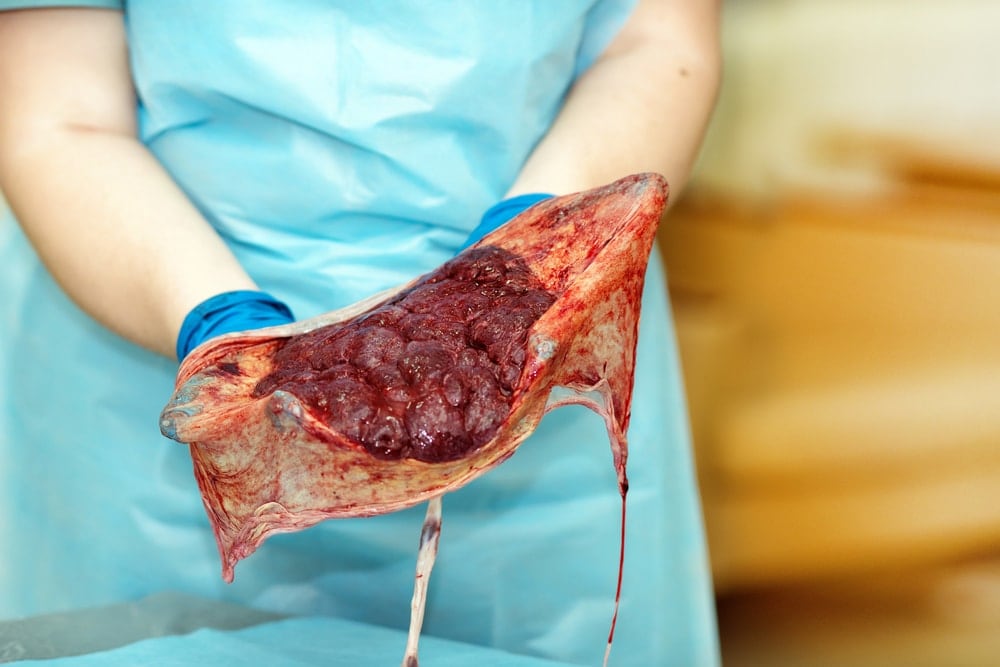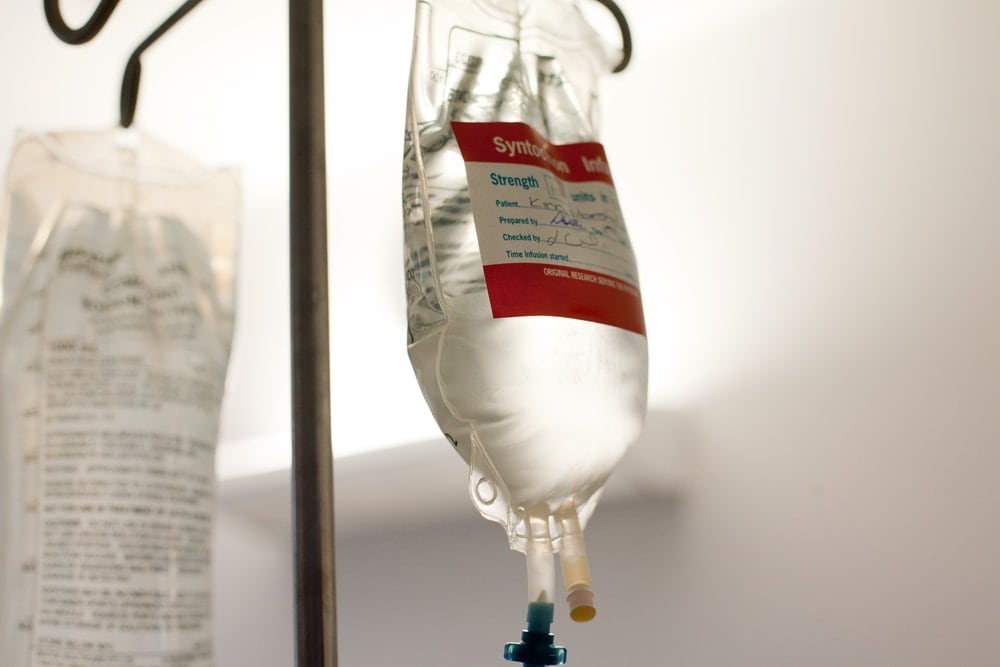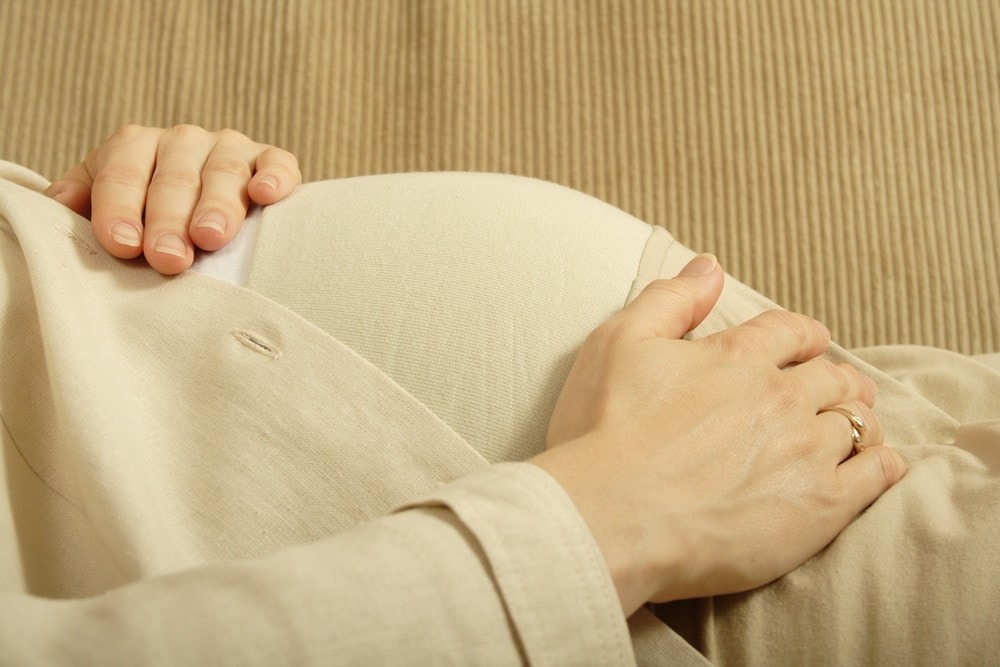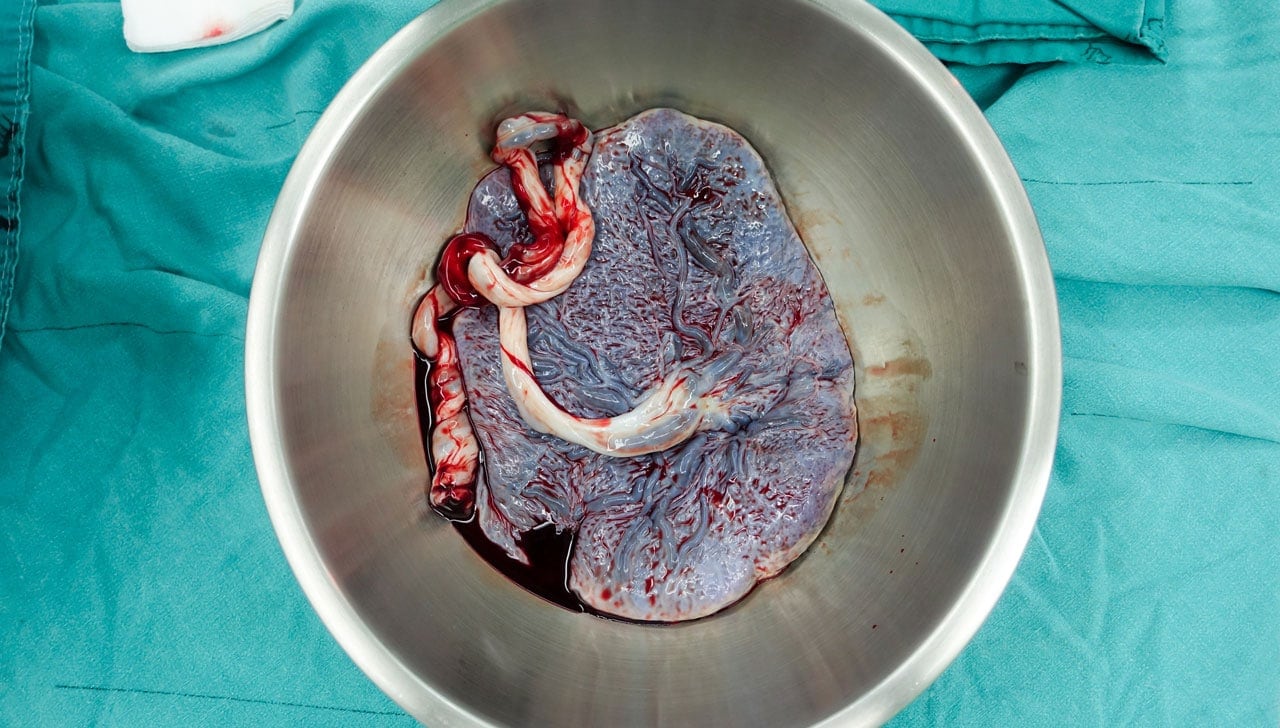The third stage of labor is when your uterus continues to contract to push out the placenta (afterbirth) after your baby’s birth. The placenta usually delivers about 5 to 15 minutes after the baby arrives.
Stage Three of Labor
After the delivery of your baby, your health care provider will be looking for small contractions to begin again. The contractions signal that your placenta is separating from the uterine wall and is ready to be delivered.
Pressure may be applied by massage to your uterus and the umbilical cord may be gently pulled. The result will be the delivery of your placenta, also referred to as the afterbirth. You might experience some severe shaking and shivering after your placenta is delivered. This is a common symptom and not a cause for concern.
What happens after you give birth
- After completing all the stages of childbirth, you will be monitored for the next few hours to make sure that the uterus continues to contract and that bleeding is not excessive.
- Most babies are ready to nurse within a short period after birth. Others wait a little longer. If you are planning to breastfeed, we strongly encourage you to try to nurse as soon as possible after your baby is born. Nursing right after birth will help your uterus to contract and will decrease the amount of bleeding.
- You may receive oxytocin or other treatments. If you’re not going to nurse or your uterus isn’t firm, you’ll be given oxytocin to help it contract. (Many providers routinely give it to all women at this point). If you’re bleeding excessively, you’ll be treated for that as well.
- If you tore or had an episiotomy, you’ll get an injection of a local anesthetic before being sutured. You may want to hold your newborn while you’re getting stitches – it can be a great distraction. If you’re feeling too shaky, ask your partner to sit by your side and hold your new arrival while you look at him.
- If you had an epidural, an anesthesiologist or nurse anesthetist will come by and remove the catheter from your back. This takes just a second and doesn’t hurt.
You should now be able to relax and enjoy your little bundle of joy!
Want to Know More?
Compiled using information from the following sources:
William’s Obstetrics Twenty-Second Ed. Cunningham, F. Gary, et al, Ch. 17.
Pregnancy, Childbirth and the Newborn: The Complete Guide. Simkin, Penny, P.T., et al, Ch. 9.






